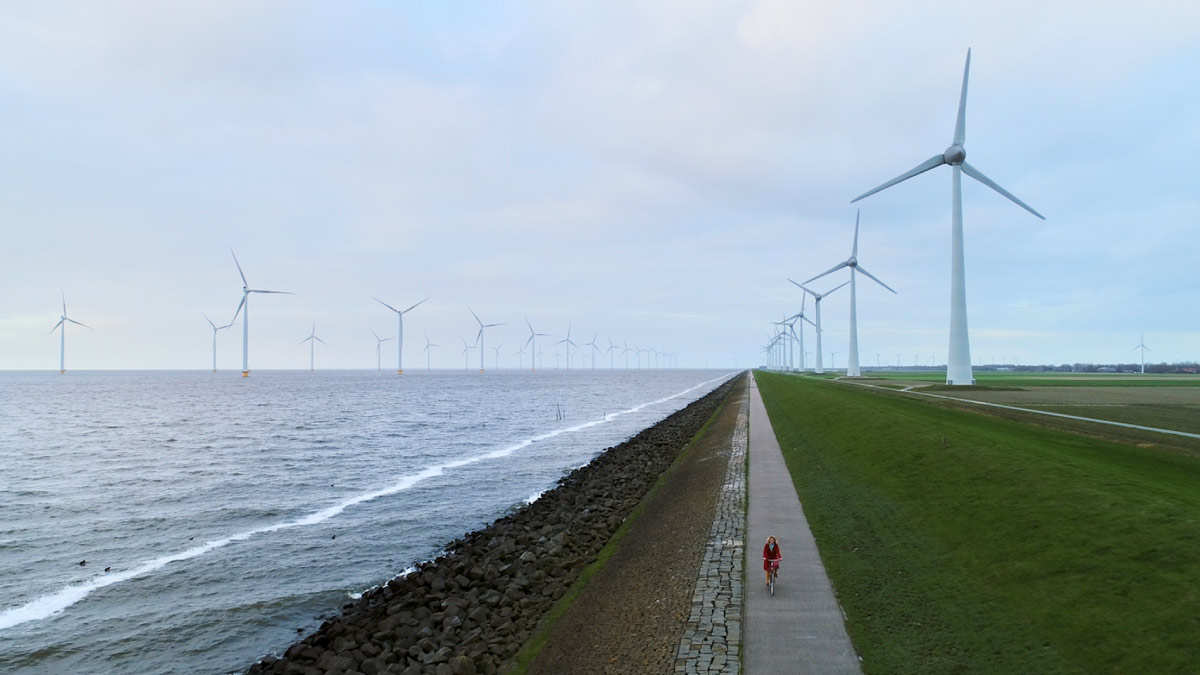Electric vehicle maker Tesla made a curious design choice in 2017 as it was trying to market its most affordable car ever, the Model 3. The company started using some of the most expensive semiconductors on the market, made from silicon carbide (SiC), in its Model 3 traction inverters.
While the use of semiconductors in cars is nothing new, with vehicles increasingly connected to the network, the idea of adding expensive chips to an affordable car seems odd.
But Tesla had found out that SiC-based power semiconductors lost half as much energy as traditional silicon chips and were also better at dissipating heat—so they could allow the carmaker to build smaller battery inverters, helping to streamline the Model 3’s design.
When Masayoshi Yamamoto, a professor at the Power Electronics Laboratory of Nagoya University in Japan, reviewed the Model 3, he found it had an air resistance as low as a sports car’s. "Scaling down inverters enabled its streamlined design," he told Nikkei Asia.
Tesla’s innovation, which relates to the electronic circuits responsible for converting alternating current from the grid to direct current in the car, also highlighted the growing role that semiconductor design could have in energy efficiency and carbon emissions reduction.
While much has been said about how digital technologies can help cut greenhouse gas emissions, much less is generally known about how the technology industry is working to reduce its environmental impact.
Improving energy efficiency is just one part of this—and when applied to chips, it could potentially play a significant part in mitigating climate change, one of the greatest challenges facing modern society.
SiC chips, for example, can enable up to a 10% efficiency gain in electric vehicle battery systems, as well as helping batteries charge up to 30% faster.
“Their biggest application now and into the future is going to be in hybrid and electric vehicles,” says Richard Eden, principal market analyst and head of the Wide Bandgap Power Semiconductor Intelligence Service at Omdia, a technology market research brand of Informa.
“Many more vehicle manufacturers will adopt silicon carbide in their inverters in the near future,” he adds. “In the long term, 80 to 90% of silicon carbide semiconductor sales will be to hybrid and electric vehicles.”
Another semiconductor technology, based on gallium nitride (GaN), is bringing efficiency gains to low-voltage devices such as electronic power supplies.
“Silicon carbide and gallium nitride are more efficient than old-fashioned silicon semiconductors,” says Eden. “They deliver more usable output power for the same amount of input power, or the same usable output for less input. Either way, fewer power stations are needed.”
This energy efficiency is driving rampant growth in advanced semiconductors despite the fact that they remain significantly more expensive than standard silicon products.
SiC wafers are 100 times more expensive than silicon, which equates to a three-to-five-times price differential at the chip level, Eden says. GaN, a newer technology, can be grown on silicon wafers but is still around twice the price of traditional semiconductors.
Yet because the chips are key to many power applications underpinning the energy transition, the corporate finance advisory firm Alexa Capital believes they could help deliver up to 8% growth a year in semiconductor markets that grew just 0.1% in the year to August 2022.
And this is just one area where improved semiconductor efficiency is set to help reduce emissions.
Cisco, for example, has achieved remarkable efficiency gains by designing energy-efficient application-specific integrated circuits for use in enterprise, service provider, and hyperscale environments.
The Cisco Silicon One portfolio provides the highest bandwidth routing and web-scaling capabilities in the industry.
Compared to systems built with standard 12.8Tbps switches, a Silicon One G100 processor can provide 25.6Tbps with up to a 77% reduction in power, saving almost 9,000 kg of CO2 emissions per year, according to Cisco internal lab test based on limited sample size and test run-time.
The advent of more powerful and efficient processors is adding to the emissions reduction potential of artificial intelligence (AI) in a range of applications, says Mark Lippett, CEO of U.K.-based semiconductor company XMOS.
“Environmentally, this means devices can offer new functionalities with power and emission-saving qualities that haven't been seen in everyday devices before," he says. "Take a smart speaker that uses 4W of power while on standby for a command, for instance.
“By incorporating imaging AI to assess the operating environment, a smarter device could determine if there is a human presence before activating its listening mode. This could reduce power consumption by a factor of 10 for 75% of a typical day."




